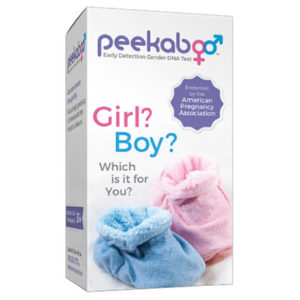
Snips and snails, and puppy-dogs’ tails—so goes the line about boys in the old-timey nursery rhyme. So what can you expect when you’re expecting a baby boy? While research indicates life experiences play the biggest role in a child’s behavior and development, little boys typically have a few distinctive traits from infancy through adulthood. For tips on having a boy, read below to help you prepare for your own bundle of joy.
Facts About Having a Baby Boy
A baby boy’s anatomy makes a difference, especially when they’re little, so don’t be surprised to see that the first three tips fall into that category!
1. Well-Endowed Boy Parts
Immediately after delivery, it’s hard not to notice that your baby boy has rather impressive male parts. Before you and your partner marvel at this, keep in mind that this completely normal condition is the result of extra fluids in his body. His genitals decrease to a size that matches his adorable baby boy body within about 10 days.
2. To Circumcise or Not
While it isn’t medically necessary, 58 percent of baby boys in the U.S. get snipped. If you decide to circumcise your baby boy, you have to clean and cover the head of his penis. To prevent the foreskin from partially reattaching and a second surgery, you need to regularly pull it back.
3. Pee-Pee Predicament
Yes, it’s true that baby boys spray pee all over the place at a moment’s notice. The spray can hit you, dad, and other objects in the room when his diaper is off. Luckily, many parents have shared pee-spray prevention tips for changing a baby boy’s diaper: don’t dawdle, keep him warm, and cover his privates with a wipe or washcloth.
4. Toy Choices
Studies and parents themselves will tell you babies don’t distinguish between “boy” and “girl” playthings. Of course, this isn’t a hard and fast rule and every baby is unique, but by the time you celebrate his first birthday, you may start to notice he prefers wheeled toys to plush stuffed animals.
5. Active Little Buggers
When you go to your local playground, you may see boys playing, running, and jumping more than little girls. Research shows baby boys are more physically active. They may be more likely to squirm on the changing table, get restless in their stroller, and crawl longer distances.
6. Bathroom Humor
Bathroom antics can start before he talks! He may make fart bubbles in the bathtub and then laugh hysterically. And when he’s being potty trained, he may proudly point at his poop and even name it.
7. Physical Aggression
Before they turn 2, boys are more physically aggressive than girls because of prenatal testosterone. Researchers also think boys are subconsciously preparing for something they’re more prone to do later in childhood than little girls—rough and tumble physical scuffs with friends and foes.
8. Urgent Care or ER Visits
Research shows boys engage in more physical and risky behavior than girls. A mom of three boys reported three urgent- care visits on three vacations. 2019 statistics show that boys (infancy to age 5) were treated in U.S. hospital ERs 865,000 times versus 651,000 for girls in the same age range.
9. Showing Affection
Enjoy this one while it lasts! Little boys do show affection. When they hold your hand and snuggle up on the couch, your heart is bound to melt..
10. Mama’s Boy
Little boys wish to please their moms, so your son may frequently ask if you’re proud of him. Some people say a son wants their mother’s reassurance throughout life, leading to a strong mother-son bond.
One last word of advice: Enjoy every special moment with your baby boy. Before you know it, he’ll be starting his first day of kindergarten.
Do you have questions about this topic or the Peekaboo Early Gender DNA Test? Share in the comments and we’ll answer.
Peekaboo is the only early-gender test endorsed by the American Pregnancy Association.







0 Comments